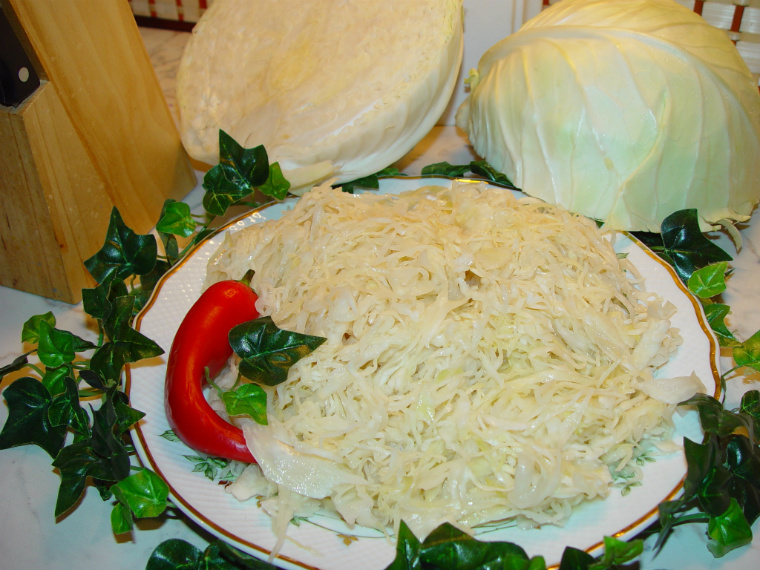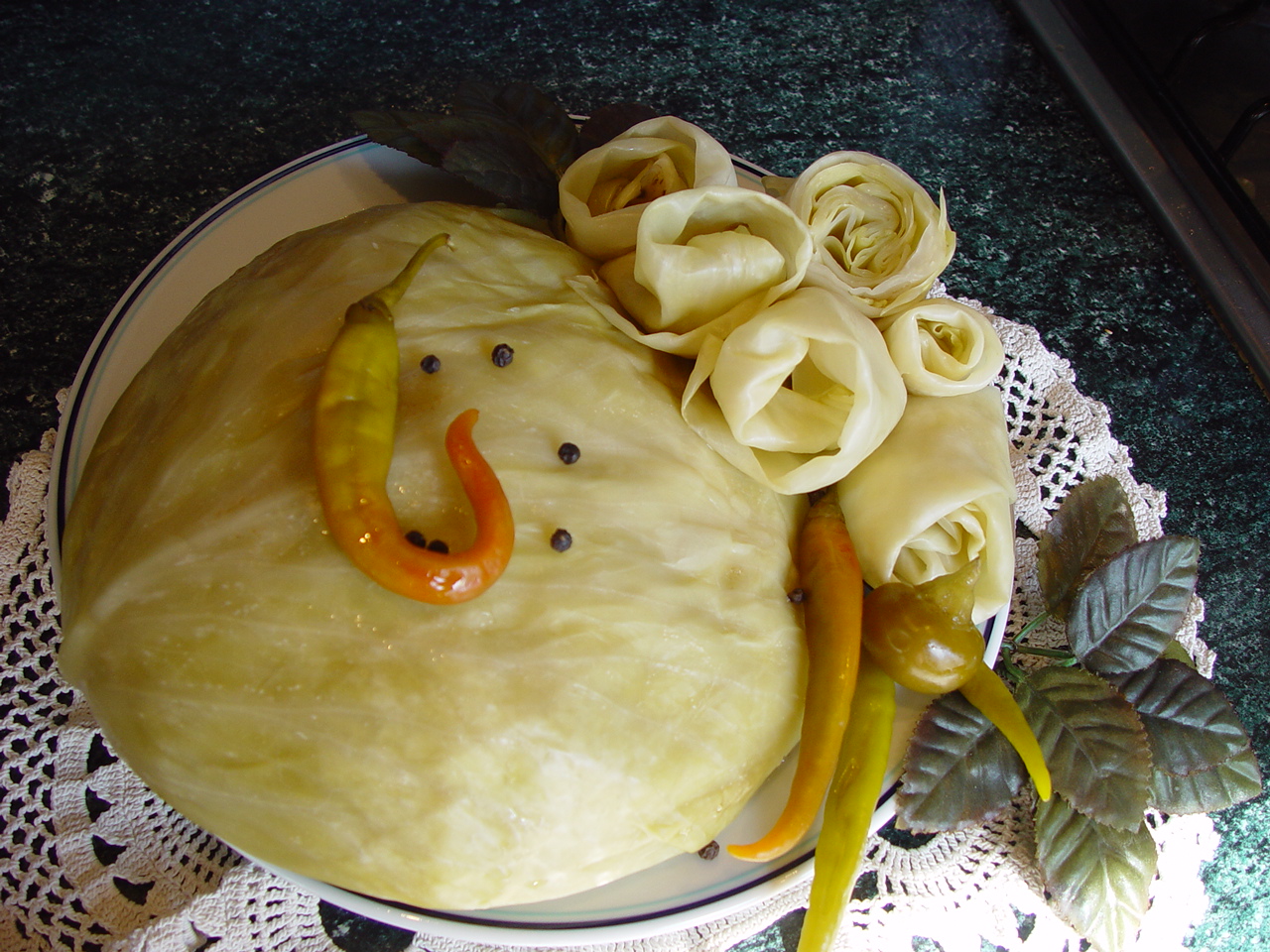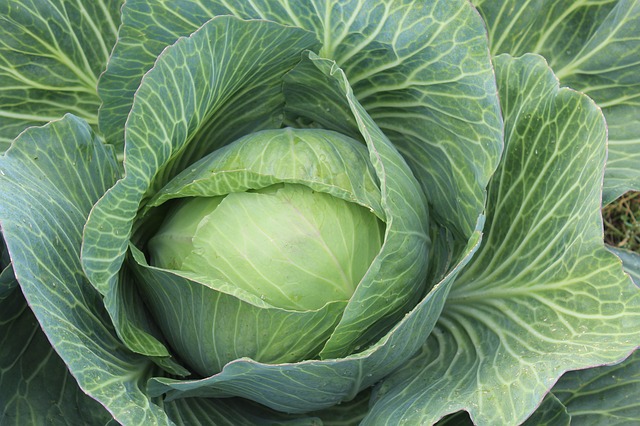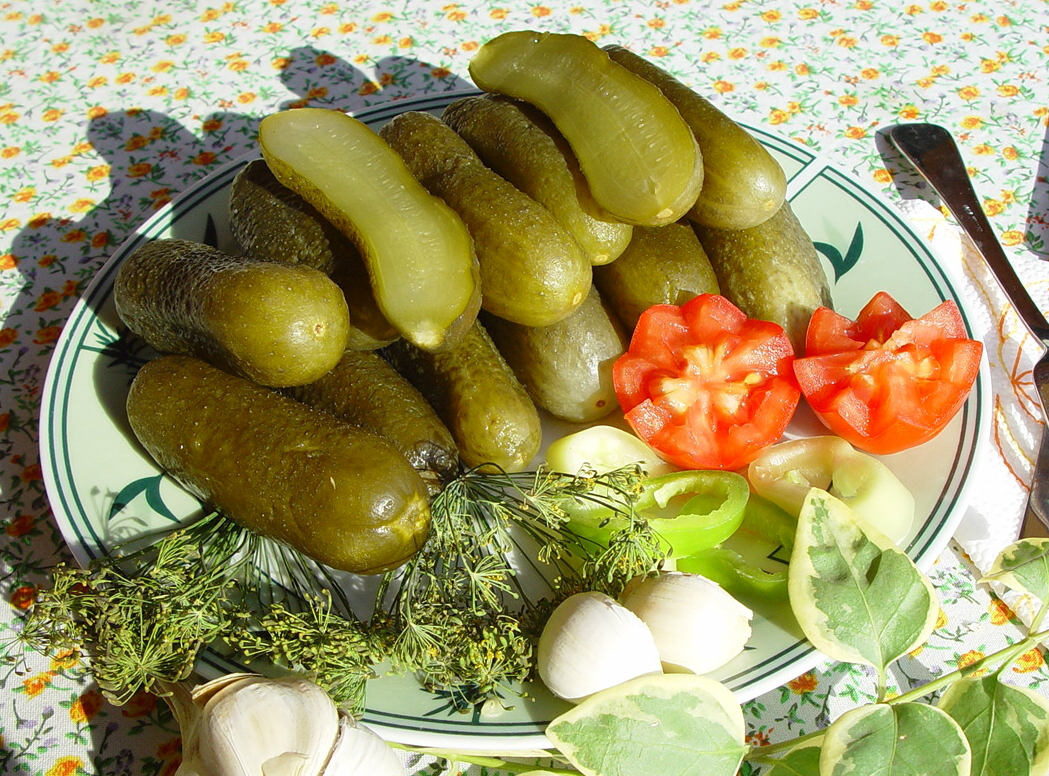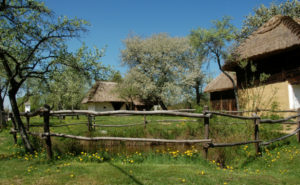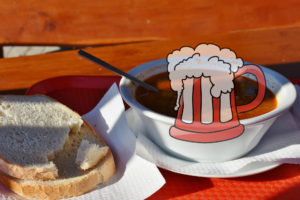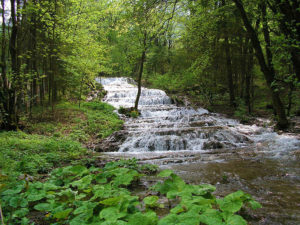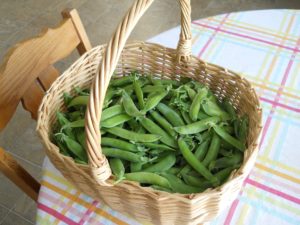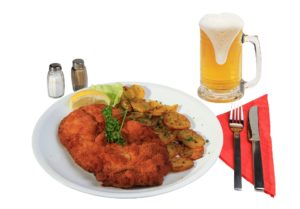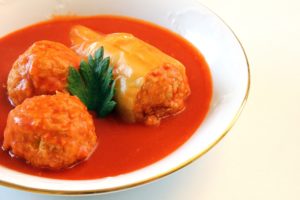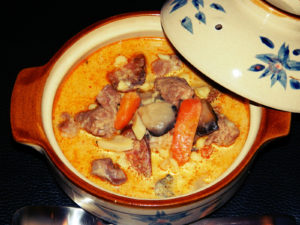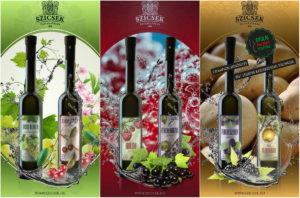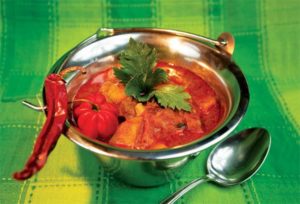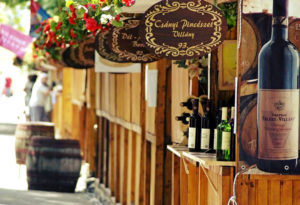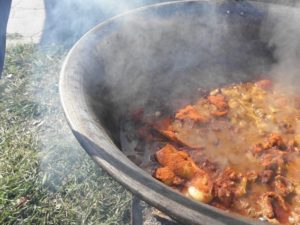The Vecsés Sauerkraut
Every Hungarian connects the high quality sauerkraut with Vecsés. This small town can be found in the southeastern part of the Budapest agglomeration. Researches has been shown that cabbage has been produced here from the 18th century. In 1786 the local landlord has been settled almost 50 kraut families from the nearby overpopulated villages to crop the local lands.
In the end of the 19th century, the capital has become more and more metropolitan, the inhabitants had no time to make their own sauerkraut, which is an important part of the Hungarian cuisine, so the demand has been grown larger and larger. The Vecsés sauerkraut has overgrown the homemade sauerkrauts even in taste, freshness, so it has a very big demand not only in the capital but in the whole country – and this demand has remained the same until these days.
The chopped and the whole leaves are soured with different methods. The chopped cabbages are put into a wooden barrel with salt, and seasoned with bay leaves, pepper, hot peppers and sometimes cumin. The cabbage is being pressed, to let as many water as it can, to cover the whole. The barrels are closed with wooden discs, weighted with stones and put into a room with constant temperature. After two weeks of lactic acid fermentation the cabbage is still “crunchy”, but it going to have a pleasant sour taste.
The real skill is in the sour of the whole cabbages. For this, a special type of cabbage is cropped, with strong, wide, but not so thick head and slim leaves. As not all the heads are suitable for souring in whole, the choosing of the proper ones are begin when the cabbages are still on the fields. The heads are suitable for souring this way, are gathered with a different method.
Not only the heads are being gathered, but even the overly opened outer leaves, to protect the valuable plants during the transportation and the preparation. The heads must be prepared for souring. Firstly the sterns are being cut out, so we will get a hole which is going to be filled with salt. After a few days, the outer leaves are removed. The heads are put carefully put into barrels, are going to be filled with cold water. After 6-8 weeks, the soured heads and the leaves are ready to be eaten.
Soured vegetables
The winter cuisine of Hungary is rich in spicy meat dishes. They would have been harder to digest, and would be less delicious without pickles. If you are going to buy some in the cold, winter months from the marketers, you are surely going to find pickled cucumbers, paprika, beets and many other various vegetable mixes in sour juices. During the summer, the offerings are completely different, those days are the season the fresh salads and vegetables. The only exception is the pickled cucumber, which is soured with natural lactic acid fermentation, without using vinegar. These are for immediate consumption.
The pickles have a wide variety on the markets. The vegetables can be used even in whole, or being chopped. Some of the jars can be filled with one type, the other ones can be filled with different vegetables. The vegetables are being put in the jars when they are raw, but with a spectacular order. The jars are filled with water mixed with vinegar, salt, sometimes sugar and seasonings (like horse-radish, pepper, bay leaves, cumin or dill).
- Firstly the outer leaves must be removed with a knife
- Then remove the stern
- Chop the cabbage into small stripes
- The chopped leaves must be filled into acacia, or oak barrels
- Season the barrel’s containment with salt, pepper, red pepper, perhaps cumin
- Cover the barrel and weight it with stones
(Pictures: vecsesisavanyukaposzta.hu)



